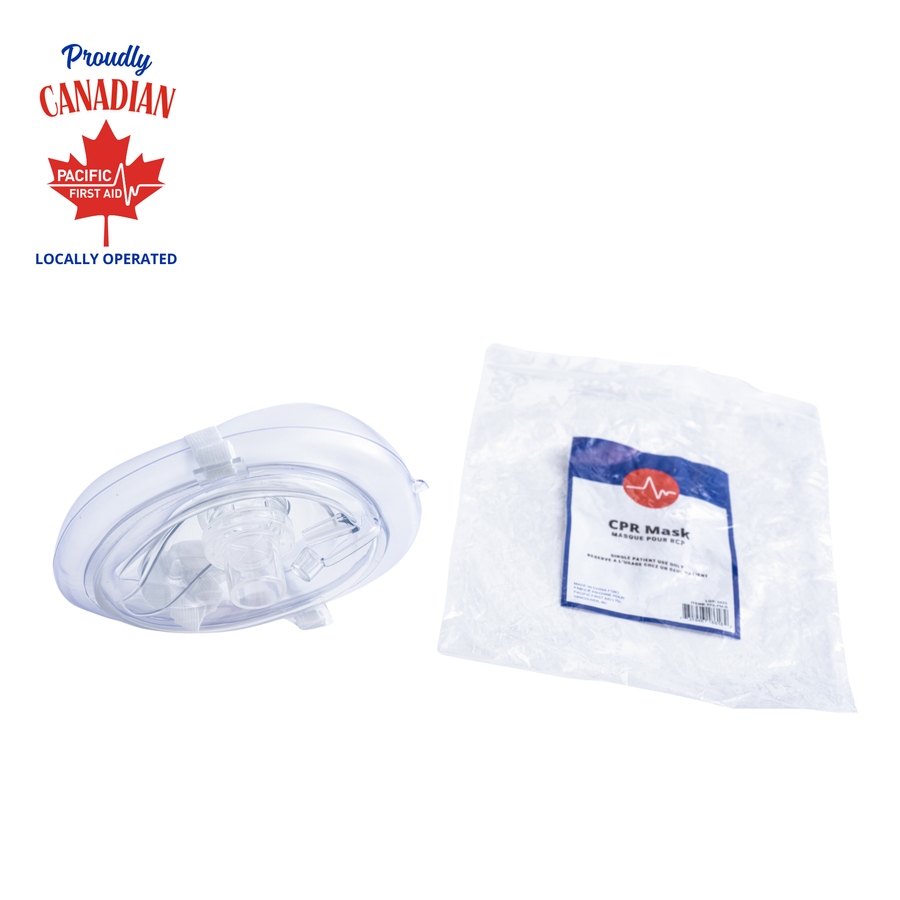
Heat Stroke is No Joke
Photo Credit: Eirik Uhlen
Canadian weather has a way of tending to the extremes. Traditionally (and perhaps stereotypically), the country is associated with extreme cold, ice and wintery conditions. However, the summers can be just as intense and come with a unique set of circumstances that require safety planning.
National Summer Safety Week is May 1 – 7, and the Canada Safety Council would like to take this opportunity to remind Canadians about the perils of heat-related conditions, and specifically to emphasize the fast onset and deadly nature of heat stroke.
Planning around a hot day or a heat wave should always be done proactively. The most effective way to prevent heat illness is with preparation ahead of time. Monitor the weather forecast and, on especially warm days, consider postponing outdoor activities until the temperature has cooled down. You can also plan around the heat by choosing to do your activity in a cool, shaded area and by limiting duration and intensity.
A priority on hot days should also be to stay hydrated at all times. Drink water before you’re thirsty. Avoid caffeinated drinks and alcohol, as these have dehydrating effects that can contribute to heat illness.
Additionally, ensure that you’re wearing lightweight and loose-fitting clothing to ensure airflow and effective cooling through sweat. A wide-brimmed hat can also be effective in shielding you from the sun’s powerful beams overhead.
Before heat stroke sets in, someone who has been overexposed to the heat may show signs of heat exhaustion. This typically happens due to excessive sweating which leads to a loss of water, causing dehydration. It can present itself through a variety of symptoms including, but not limited to:
- Nausea
- Headache
- Extreme thirst
- High body temperature
- Dizziness
Left untreated, heat exhaustion can lead to heat stroke, an illness that arises when the body’s core reaches a temperature higher than 40 °C. It can present itself with a variety of symptoms including disorientation and lack of sweat and can lead to unconsciousness, organ failure and death if immediate action is not taken.
If someone you know is suffering from heat illness, your first priority should be to get them to a cool, shaded area out of direct sunlight. Have them lie down to reduce exertion and give them water or sports drinks if they are alert. The immediate danger comes from the extreme heat in the person’s core, which makes it crucial to lower the person’s temperature quickly.
Heat exhaustion and heat stroke are entirely preventable with a bit of planning, and following the safety tips above can mitigate any heat illness that may occur. Make sure to familiarize yourself with the steps to take before you need them, and have a safe and happy summer!
Sourced From: Canada Safety Council
These are just a few things to keep in mind ensure your safety this summer. If you have interest in learning more about first aid training, first aid kits, food safety, mental health first aid and first aid course sign up then visit us at:
Pacificfirstaid.ca







